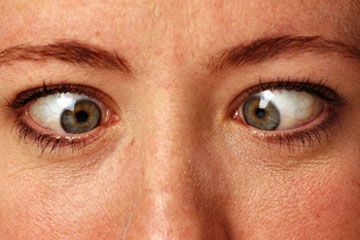If the universal sign of having just awakened is wildly tousled hair, the next signal would be "eye boogers" — those goopy, sometimes hardened substances that form overnight in the inner corners of the eyes. "Eye boogers" is probably the most common term for the phenomenon, but you may have heard them called by other names, like "sleepies," "eye goop" or "sleep sand." Because they're such universal side effects of sleep, we hardly give them any thought. However, it might interest you to know a little more about why we have them and what they're made of.
But whatever you call them, eye boogers are all the same thing — residue. The eyes are protected by a tear coating, which contains a variety of materials, including mucus, water, protein and oil. All of these substances help protect the eyes by washing out invaders like dirt and allergens. After all, our eyes are delicate organs that are constantly exposed to airborne dangers during our waking hours.
Advertisement
However, when our eyes are closed for long periods of time (like when we're sleeping), the protective process isn't as active. So as the tears start to dry up, their components — along with other debris, like bacteria, discarded cells and even makeup — deposit into the corners of the eyes.
The inner corners of the eyes are the most common resting place for eye boogers because that is where tears are conditioned to head. You may not realize it, but our eyes actually close from the outer corners to the inner ones. This is why moisture builds up there. So, it makes sense that tear remains would find their way there, too — although it is possible to pick up eye gunk along the lash line as well.
Now, you may have noticed that eye boogers can differ in consistency — from hard and crispy to wet and gloppy. This basically depends on how dry or moist your eyes are. The more liquid your eyes contain, the gooier your eye boogers will be. If you have allergies, for example, your eyes are going to going to contain more mucus and will therefore produce globs. The same goes for people who wear contact lenses.
When it comes to dealing with harmless eye sleepies, your first instinct might be to simply wipe them away with your hands. (In fact, while reading this article you've probably already subconsciously reached your hand up a time or two to check your eyes for crud.) This isn't a great idea — you can spread germs to your eyes with your hands. The best method, according to ophthalmologists, is to use a clean, wet washcloth to wipe away any remaining evidence of sleep.
Advertisement


